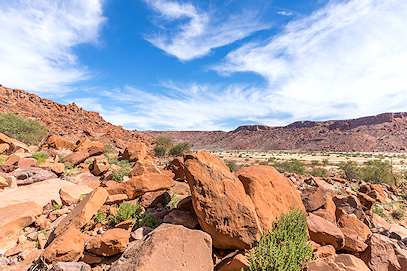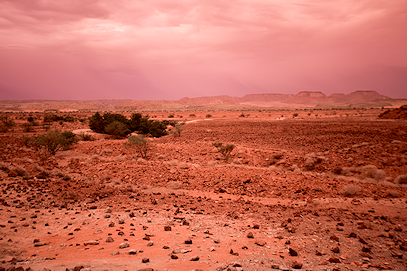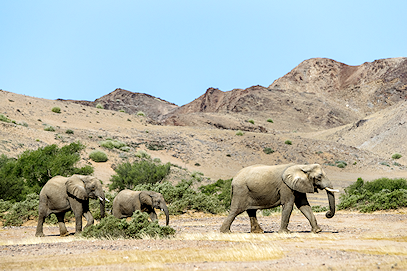Namibia's Twyfelfontein
Help Me Plan- Home
- >
- African Travel
- >
- Namibia
- >
- Twyfelfontein
Twyfelfontein Destination Guide
Step back in time at Twyfelfontein—Afrikaans for “uncertain fountain”—a UNESCO World Heritage site renowned for ancient rock engravings and paintings. Set in stark Damaraland landscapes west of Khorixas, the site reveals millennia of human presence. Guided trails pass sandstone outcrops where wildlife motifs and footprints are etched into the desert’s story.
Getting to Twyfelfontein
By Air: From international hubs in Johannesburg or Cape Town, connect to Windhoek and continue by charter to the airstrip near Twyfelfontein or proceed overland.
By Road: From Windhoek or Khorixas, travel with an experienced guide in a comfortable, air-conditioned vehicle. Surfaces vary from tar to gravel; expect slower going on approach roads.
Weather & Best Time To Visit
The climate here is semi-desert and highly variable, with hot summers and cool winter nights; humidity is generally low. Autumn and early spring (around April and September) offer comfortable daytime conditions for exploring exposed rock sites.

Twyfelfontein lies in the barren Damaraland region of western Namibia. The name translates to “uncertain fountain,” referencing a spring that was unreliable for early settlers. Tours that visit northern Namibia often include one or two nights in this area of striking rock formations and engravings.
Reasons to visit Twyfelfontein
Paintings and Petroglyphs
At the heritage site, join guided tours of the rock art. There are multiple trails, some with steep sections and uneven footing. Allow about two hours to explore the most significant panels with a guide.
Petrified Forest
Petrified tree trunks—hundreds of millions of years old—were carried here by ancient floods. The site lies roughly 42–50 km west of Khorixas and is a short drive from Twyfelfontein. Nearby, view unusual formations such as the Organ Pipes.
Natural Interaction
Examples of the remarkable welwitschia plant grow in the region, among the longest-lived plants on Earth. Rare animals include desert-adapted black rhino and elephant; both wander widely and are not easily spotted.
Experiences to Savor
Deserts can appear empty, yet Damaraland supports a surprising wealth of life adapted to heat and drought. Look closely and you’ll discover resilient plants, specialized reptiles and insects, and far-ranging mammals that turn this stark landscape into a living classroom.

Life Disguised
The desert shelters lichens, insects, reptiles, and small mammals that thrive by exploiting fog, shade, and rock crevices—proof that life persists in subtle ways.
True African Sunset
Pink and orange hues reflect off red desert sands. Choose a scenic vantage point in late afternoon and savor the quiet with a favorite drink.
Desert elephant
A number of elephants roam this corner of Namibia. Adapted to arid life, they range widely in search of food and water; sightings require time and luck.Useful Information
History
The World Heritage Site was recognized nationally as a monument in 1952, following earlier reports of rock art in the area. Created primarily by hunter-gatherers, the engravings and paintings span millennia. Twyfelfontein lies in the Huab Valley in southern Kunene and was eventually declared Namibia’s first UNESCO World Heritage Site in 2007.
Wildlife
The broader Damaraland landscape supports animals adapted to arid conditions. Elephants occur here, along with occasional black rhino. Smaller mammals include bat-eared fox, aardwolf, and meerkat, many of which feed on insects and reptiles.
Vegetation & Terrain
The terrain is arid and rocky, providing countless sandstone canvases for rock art. Twyfelfontein lies between eastern savanna and the Atlantic side’s dune fields, with the Skeleton Coast National Park and the Namib Desert to the west. Grasses and scattered trees persist where water collects, while cliffs and terraces add striking relief.
Activities
A guided rock art tour tops the list. The imagery is often interpreted as a pictorial communication system that predates writing and preserves stories of people and wildlife.
Driving along dry riverbeds is another highlight. Elephants sometimes dig below the sand for subsurface water—one of many adaptations to aridity.









